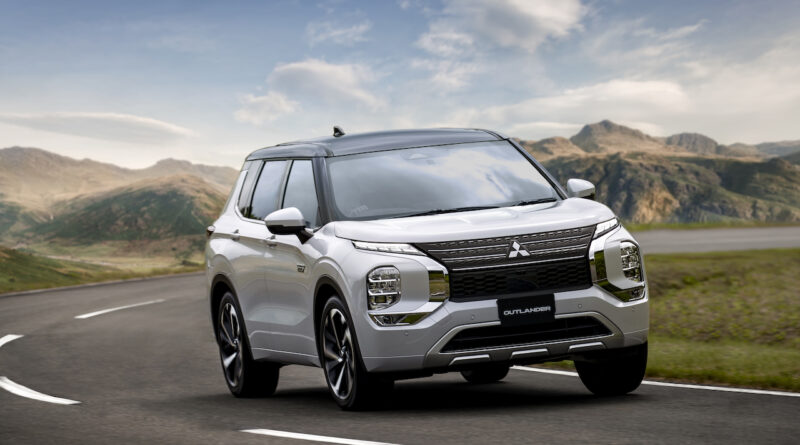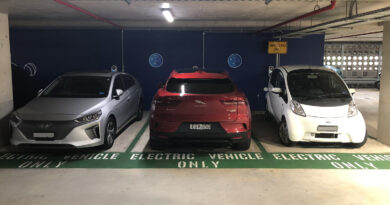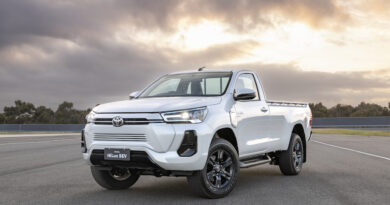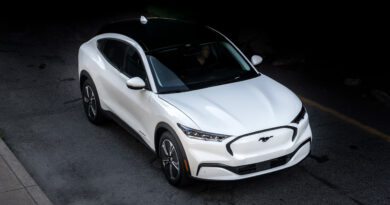Mitsubishi claims new Outlander PHEV goes harder, longer
Mitsubishi is hyping up the performance and range boost for its new plug-in hybrid Outlander PHEV medium SUV that goes on-sale in Australia in the first half of 2022.
While it has a very similar exterior and interior appearance compared to the orthodox fourth-generation Outlander that’s already on-sale here, the PHEV does vary significantly under the skin.
Mitsubishi says its plug-in technology has been completely overhauled compared to the current Outlander PHEV, which is powered by a 2.4-litre four-cylinder petrol engine teamed with two electric motors. The same system is employed by the smaller Mitsubishi Eclipse Cross.
While the Outlander was the first plug-in hybrid SUV to go on-sale in Australia it is now far from alone.
Other plug-in SUVs currently on-sale here include the MG HS, Kia Sorento PHEV seven-seat SUV, the Kia Niro and Volvo XC40 Recharge.
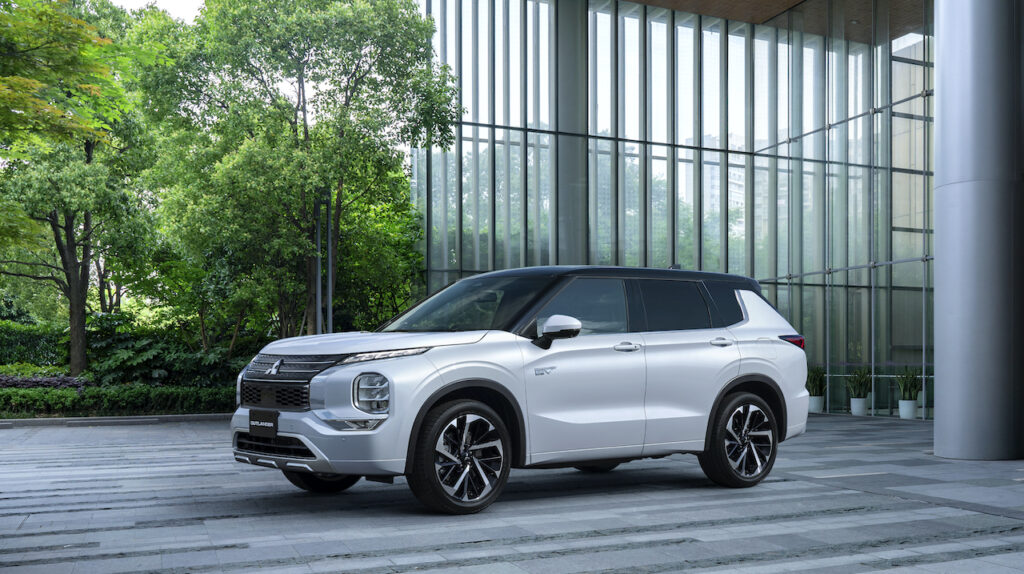
The new Outlander PHEV will be followed on-sale in Australia by a direct competitor, the Ford Escape PHEV, which has gone through several delays including a stop-sale in Europe because of battery fire concerns.
Mitsubishi says the new Outlander PHEV set-up includes a 40 per cent increase in output from the front and rear e-motors and the lithium-ion battery pack, which has been boosted from 13.8kWh to 20kWh.
That equates to a claimed EV driving range of 87km, up from the current model’s 54km.
Mitsubishi also claims improved acceleration but doesn’t provide specific facts and figures. It also does not specify what petrol engine the new Outlander PHEV will employ, although the orthodox model uses a new 2.5-litre Nissan four-cylinder.
But Mitsubishi has revealed the power drive unit for the front motor is now equipped with a booster function which bolsters performance by raising the supply of electric energy to the front motor while simultaneously reducing power consumption through improved generator efficiency.
Unifying the rear motor with the control unit has also secured enough floor space to install a seven-seat layout for the first time in the Outlander PHEV. Having the control unit outside the passenger compartment has also aided cabin quietness, Mitsubishi says.
The new Outlander PHEV also introduces a one-pedal mode to allow regenerative braking by lifting the throttle pedal.
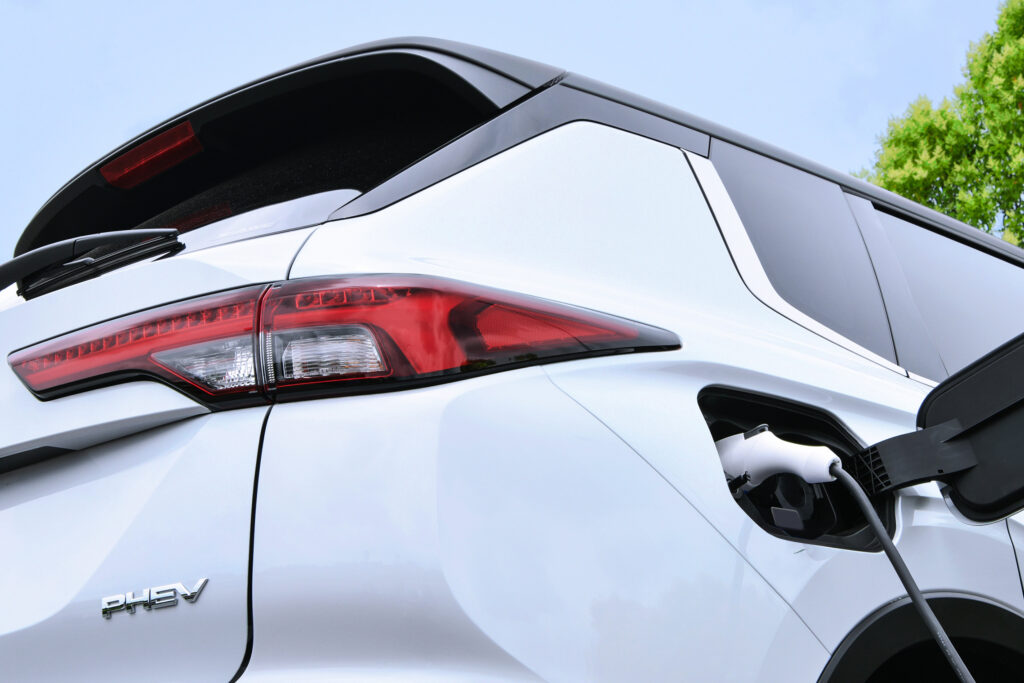
The Outlander PHEV’s dual-motor Super-All Wheel Control all-wheel drive system adds a new active braking yaw control function for the rear wheels. This allows optimal driving force distribution front to rear, while torque vectoring of front and rear wheels is also on offer.
In addition to the six driving modes the orthodox Outlander gets, the PHEV adds a Power mode for boosted acceleration.
Like the standard Outlander, the PHEV is based on the Nissan-Renault alliance CMF-CD platform, making it fundamentally all-new compared to its predecessor, which rolled out in 2012 (ICE) and 2013 (PHEV).
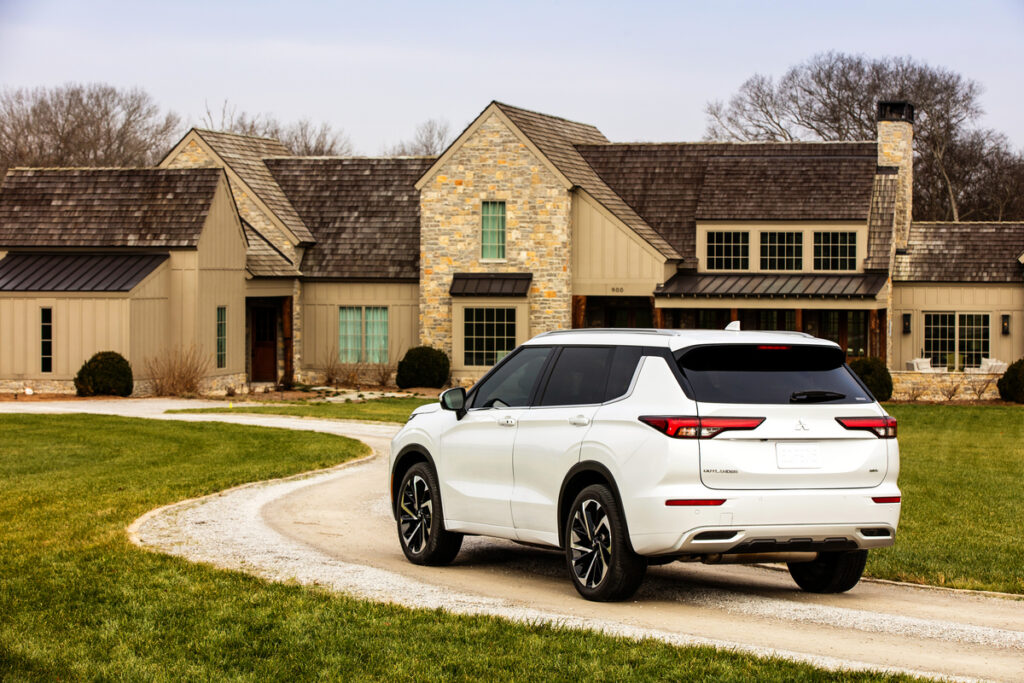
Sales of three Outlander PHEV model grades commence in Japan on December 16, with pricing stretching from around $55,000 to $63,000. The current Outlander PHEV is priced locally from $47,990.
Australian pricing and model grades are yet to be detail, but the company is predicting a boost in interest and sales.

